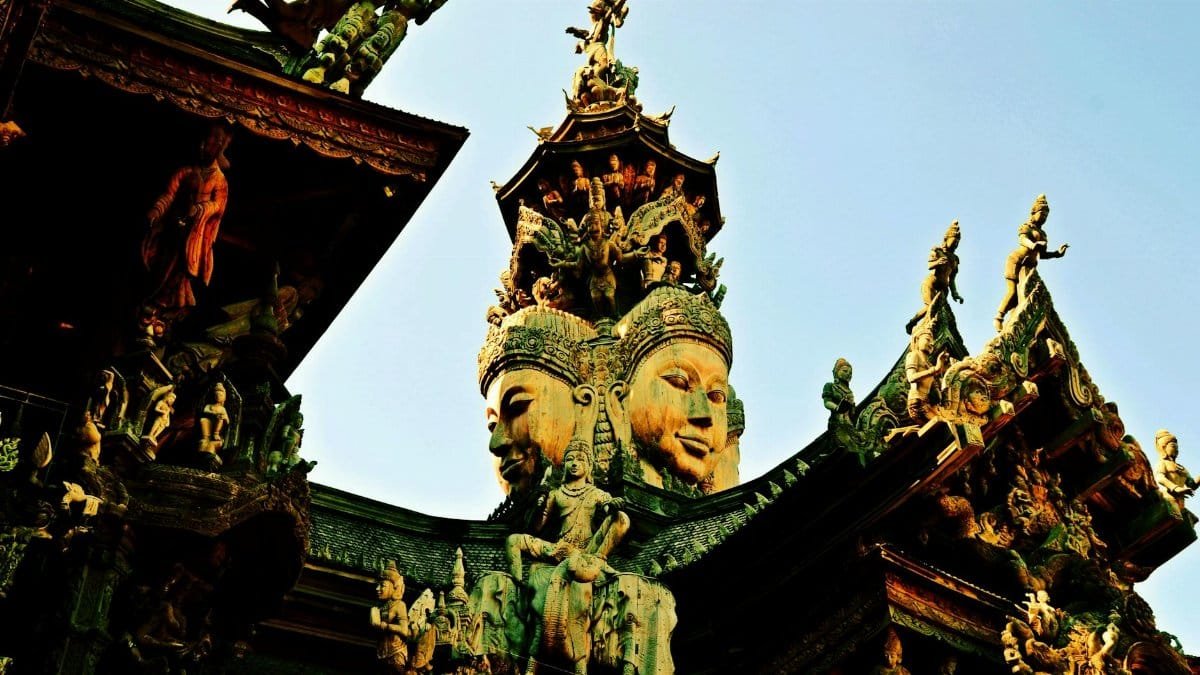Walk through any bustling neighborhood in Portland or Austin these days, and you’ll catch whispers of a cultural shift. Yoga studios outnumber churches in some blocks. Meditation apps ping from countless phones. People speak of “finding their own path” rather than following a prescribed doctrine. This movement, often dubbed the “spiritual but not religious” wave, carries a shocking truth: millions of Americans are redefining faith on their own terms. It’s not just a rejection of organized religion; it’s a hunger for something personal, flexible, and untethered to tradition. Yet, as this trend swells in 2025, questions linger. Is this a profound revolution in how we seek meaning, or merely a trendy excuse for disengagement? Beneath the surface, there’s more to unpack than a simple label suggests.
The Rise of a New Identity

Americans have long grappled with faith’s role in daily life, but the numbers now tell a striking story. According to a 2023 Pew Research Center report, nearly 30% of U.S. adults identify as “spiritual but not religious,” a figure that’s climbed steadily over two decades. ( Pew Research Center ) This isn’t just a statistic; it’s a cultural pivot. Many in this group—often middle-aged or younger—describe feeling stifled by rigid dogmas. They’re drawn instead to eclectic practices, from mindfulness to nature-based rituals, often pieced together like a personal mosaic.
Take, for instance, a 45-year-old teacher from Ohio, who shared with friends over coffee how she left her childhood church after decades. She now meditates daily by a local creek, calling it her “sacred space.” Her story echoes a broader sentiment: a desire for connection without the weight of institutional rules. But is this freedom truly fulfilling, or does it risk leaving people spiritually adrift?
A Hunger for Meaning, Minus the Pews

Why are so many turning away from organized faith? For some, it’s the scandals—decades of institutional failures in various denominations have eroded trust. Others cite a mismatch with modern values; traditional teachings on gender or science often clash with contemporary perspectives. A 2022 study from the University of Chicago noted that over 40% of Americans who leave religion cite disagreement with teachings as a primary reason. ( University of Chicago )
Yet, stepping away doesn’t mean abandoning the quest for purpose. The spiritual not religious shocking truth lies here: people aren’t rejecting the transcendent—they’re just hunting for it elsewhere. Apps like Headspace report millions of users seeking guided meditation. Bookstores shelve tomes on “self-discovery” next to ancient texts. It’s as if the search for meaning has gone freelance, tailored to individual schedules and sensibilities.
The DIY Spirituality Toolkit

Imagine a Saturday morning in a suburban park. A small group gathers, not for a sermon, but for a “forest bathing” session—a Japanese-inspired practice of immersing oneself in nature. One participant, a 50-year-old accountant, murmurs to another, “This feels more real than any church I’ve been to.” Such scenes are increasingly common. The spiritual but not religious often build their own frameworks, pulling from diverse traditions—Buddhist mindfulness, Native American reverence for the earth, or even secular humanism.
This pick-and-choose approach offers flexibility, but it’s not without pitfalls. Without a shared community or guiding structure, some find their practices feel shallow over time. A 2024 survey by the National Institutes of Health hinted at this tension, noting higher rates of loneliness among those who identify as spiritual but not religious compared to regular churchgoers. ( NIH )
Community Without Commitment?

One of the loudest critiques of this movement is its apparent lack of accountability. Traditional religion often demands regular attendance, moral codes, and collective responsibility. In contrast, the spiritual not religious path can seem solitary, even self-centered. Critics argue it’s less about revolution and more about convenience—spirituality as a lifestyle accessory, like a yoga mat or a crystal collection.
Yet, not everyone fits this stereotype. Online discussions in 2025 often reveal a yearning for connection among the unaffiliated. One anonymous account described joining informal meetups to discuss life’s big questions, saying it felt “like church, but without the guilt.” These ad-hoc gatherings—whether virtual or in person—suggest a desire for community, even if it’s on looser terms. Still, can fleeting interactions replace the deep bonds of a congregation?
The Risk of Spiritual Apathy

Here’s where the spiritual not religious shocking truth gets uncomfortable. While the movement champions personal freedom, it can also breed indifference. Without a shared ethical framework, some drift into a kind of moral relativism, where “whatever feels right” becomes the only compass. Scholars like sociologist Robert Bellah warned decades ago about individualism eroding civic and spiritual life—a concern that feels freshly relevant now.
Consider the broader impact. When fewer people engage with organized faith, institutions that once anchored social services—think food drives or disaster relief—often struggle. A 2025 report from Harvard Divinity School highlighted a decline in volunteerism tied to religious groups, even as individual spiritual practices soar. ( Harvard Divinity School ) The question looms: does personal enlightenment come at the cost of collective good?
A Revolution in Progress—or a Fad?

As the sun sets on a typical week in 2025, countless Americans will light candles, journal their intentions, or simply sit in quiet reflection—all outside the walls of any temple or church. The spiritual not religious shocking truth is that this shift reflects both a deep yearning and a profound uncertainty. It’s a rebellion against structures that feel outdated, yes, but also a gamble on whether self-guided paths can sustain meaning over a lifetime.
Perhaps this isn’t a final destination, but a transitional phase. Some experts predict a pendulum swing—future generations might crave structure again, reinventing community in ways we can’t yet foresee. For now, the movement challenges us to rethink what faith means when it’s stripped of its old scaffolding. Is it liberation, or are we just wandering in a wilderness of our own making? The answer might depend on whether we can balance personal growth with a sense of shared purpose.
